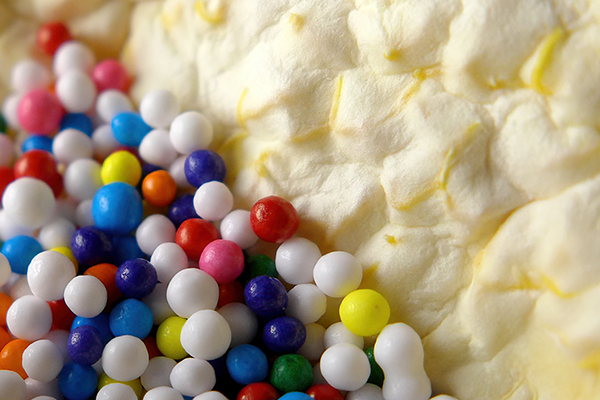Digital Photography Project to Exorcise Boredom and Clean Out the Refrigerator at the Same Time

Freezing rain is falling, your tomcat is suing you for royalties from the YouTube videos he starred in, and every bird in the city boycotts your feeder because of your snoopy telephoto lens. Cheer up! We all have those days when we feel like f/16 in an f/1.4 world. But there’s always something to take pictures of—and it often can be found as close as our own kitchen.
Someone said, “It’s better to shoot one underexposed picture than to curse the darkness.” In other words, “snapping crap beats rapping pap.”
Open your fridge, my friend, and look therein. Behind the empty milk carton, next to the half-eaten slice of bologna & catsup pizza, in front of the virgin bottle of Zima you bought in 1994, there lies a citrus fruit. If it hasn’t turned green and fuzzy, fetch it and grab a knife. If it has turned green and fuzzy, save it for next week’s project where we explore the world of toxic fungi.
Housebound and unhappy because there was nothing interesting to photograph, we began experimenting with a navel orange, Citrus sinensis, the solid version of a popular breakfast drink. Characterized by thick, bright orange skin (what other color could they possibly be?), the humble orange never appears in poetry because it has a name that doesn’t rhyme with anything. Think about that. (For you English majors, “purple” thymes with “curple,” the proper equestrian term for a horse’s hindquarters. We’ll leave it at that.)
Check the captions below to learn how we vivisected a common orange, allowed its skin to dry for several days, garnished it with cake sprinkles and pastry beads, and then photographed if from various distances and several angles.










The point of today's drama is that a little bit of imagination goes a long way to provide subjects to photograph. Items commonly found in most kitchens can deliver hours of close-up activities. And worst case, you can always eat the subject.
—Jon Sienkiewicz
(As an Amazon Associate, Shutterbug earns from qualifying purchases linked in this story.)








































